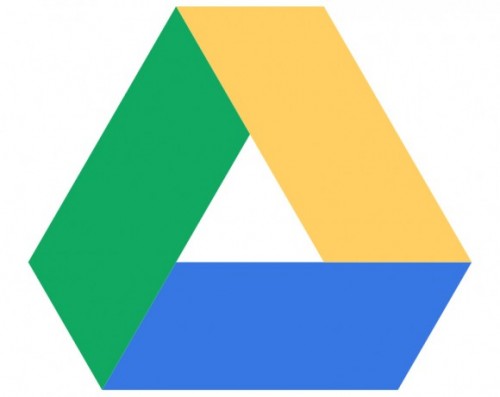
The rumours surrounding the mysterious Google Drive were finally put to rest when the Internet giant formally announced the online storage service yesterday.
“Just like the Loch Ness Monster, you may have heard the rumors about Google Drive. It turns out, one of the two actually does exist”, said Sundar Pichai, Google’s senior vice president for Chrome and Apps, in a blog post.
With 5GB of free storage, Google Drive offers more online real estate than the free tier of widely popular Dropbox. If you need more space, just fork out US$2.49 a month for 25GB of storage, US$4.99 per month for 100GB, or US$49.99 per month for up to 1TB. In addition, when you upgrade to a paid account, your Gmail account storage gets bumped up to 25GB.
Beyond providing raw storage, Google Drive is also the new face of Google Docs. The good news is Google Documents do not count towards your storage quota. All other files, including PDF documents and files saved on Google Drive by Chrome apps such as Aviary and LucidChart would reduce your drive space.
Google is also providing Google Drive apps for Mac and Windows machines, as well as Android devices for accessing and synching files across devices. An iOS app and offline editing are also in the works. Soon, you’ll also be able to attach files from Google Drive directly to emails in Gmail.
With Google Drive, you can search for files by keywords and filter by file type, owner and more. It uses OCR (optical character recognition) technology to search scanned text documents, and even images using Google’s nifty Goggles image recognition tool. Google says this technology is still in its early stages, and is expected to get better over time.
For now, not all Google Docs accounts are migrated to Google Drive. Ditto for Google Apps users, who have to pay a little more (US$4 for 20GB and US$89 for 1TB) for extra storage on top of the free 5GB of cloud space.
Unlike Box, which is geared towards enterprises with Microsoft Active Directory support and intranet integration through APIs, Google Drive seems to be targeted at consumers and SMB customers using Google Apps for Business.
That’s not necessarily a bad thing, since Google has enough traction in the SMB space, though it could well be missing out on large enterprises that are looking for alternatives to Dropbox and Box.






